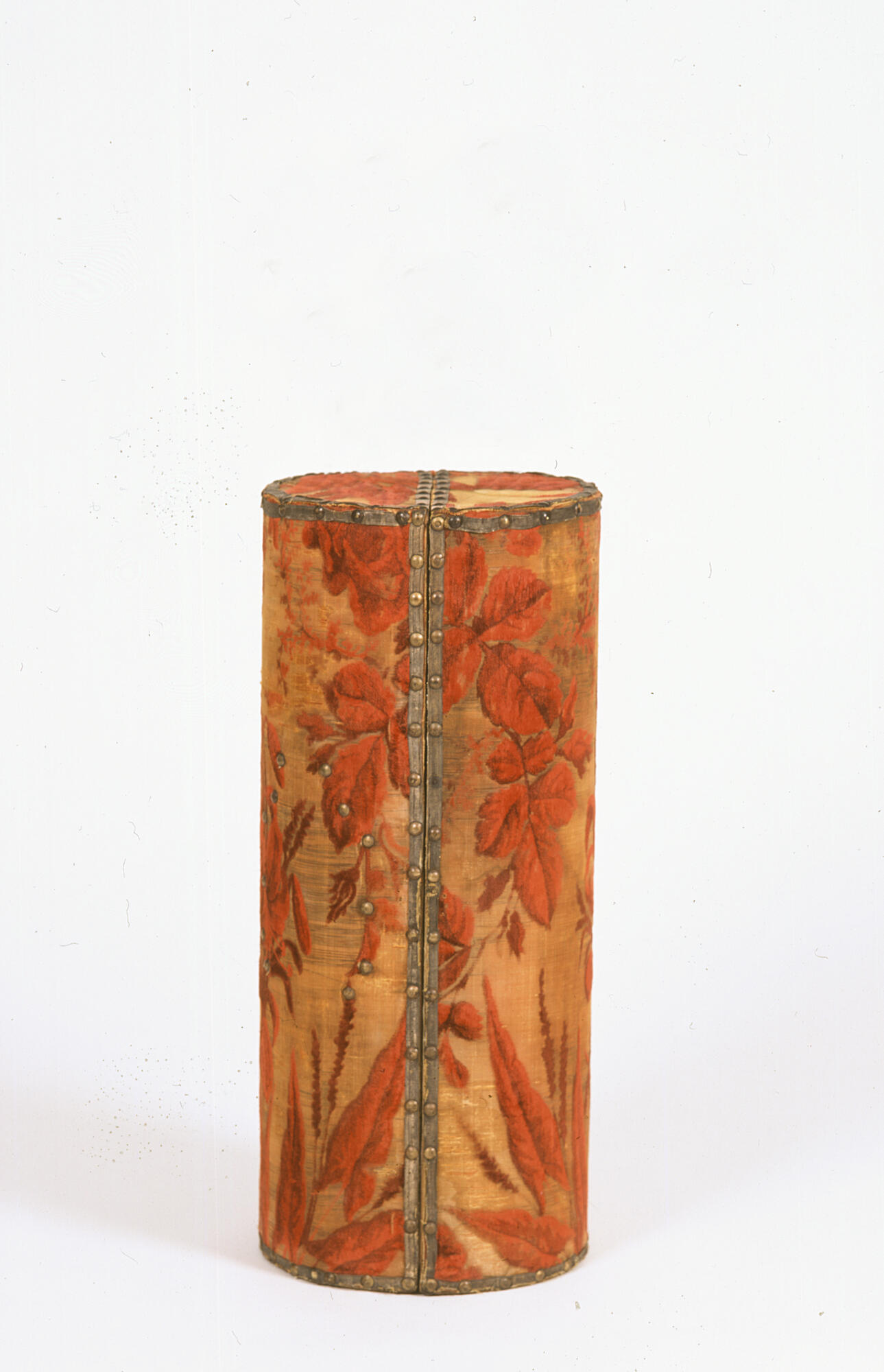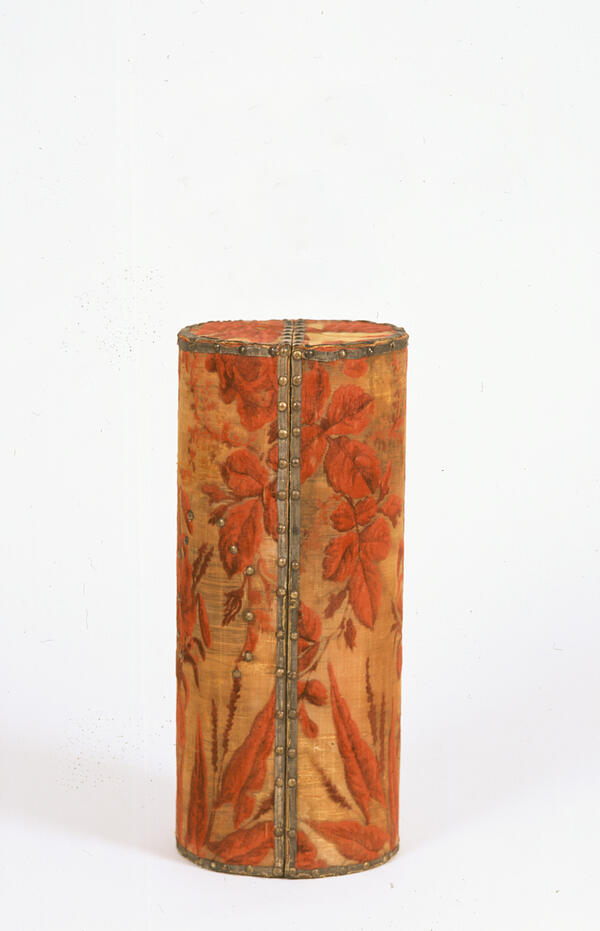The Torah scroll is one of the main sacred objects in Judaism. It is a parchment with the text of the Pentateuch of Moses, the commandments that the Prophet received from God on Mount Sinai after the Exodus of the Jews from Egypt. There are many traditions and rituals surrounding the Torah Scroll.
The Torah scroll was always the centerpiece of the synagogue. It was kept in a special wooden cabinet behind an embroidered velvet curtain. It was forbidden to touch the Scroll of the Torah with bare hands, so a silver pointer with the figure of an index finger was used for reading, and the parchment itself was kept in a special case.
“He is my God, and I will exalt Him” — this quote from the Bible was interpreted by the Jews as the need to make all religious ceremonial objects beautiful, worthy of God’s glory. The cases for the Torah Scrolls have always been works of Jewish applied art and reflected people’s understanding of aesthetics.
Kokand, which is situated on the territory of present-day Uzbekistan, is one of the oldest cities in Central Asia, where the community of Bukharian Jews prospered for several centuries. The hard case for the Torah made in this city is unique. It has a cylindrical wooden frame traditional for oriental communities. The case is upholstered on the outside with luxurious fabric, fabulous velveteen, decorated with large red flowers on the golden background.
Vegetal patterns are a favorite decorative motif for decorating the Torah cases in eastern communities. Bright flowers, large leaves, grape bunches, and the pomegranate, which often features on the silver knobs of the handles.
The inside of the case is upholstered in dark red sateen, which protected the scroll from mechanical damage and moisture. The cloth was fastened to the frame with thin metal plates and elegant flat-topped nails. The fabrics were of European manufacture, which indicates the close trade ties of the Central Asian Jewish community with the major textile centers of Europe.
The case opens into two halves. In the upper and lower lids on the ends of the cylinder there are holes, into which the staves are inserted, on which the parchment scroll is wound.
The Torah scroll was always the centerpiece of the synagogue. It was kept in a special wooden cabinet behind an embroidered velvet curtain. It was forbidden to touch the Scroll of the Torah with bare hands, so a silver pointer with the figure of an index finger was used for reading, and the parchment itself was kept in a special case.
“He is my God, and I will exalt Him” — this quote from the Bible was interpreted by the Jews as the need to make all religious ceremonial objects beautiful, worthy of God’s glory. The cases for the Torah Scrolls have always been works of Jewish applied art and reflected people’s understanding of aesthetics.
Kokand, which is situated on the territory of present-day Uzbekistan, is one of the oldest cities in Central Asia, where the community of Bukharian Jews prospered for several centuries. The hard case for the Torah made in this city is unique. It has a cylindrical wooden frame traditional for oriental communities. The case is upholstered on the outside with luxurious fabric, fabulous velveteen, decorated with large red flowers on the golden background.
Vegetal patterns are a favorite decorative motif for decorating the Torah cases in eastern communities. Bright flowers, large leaves, grape bunches, and the pomegranate, which often features on the silver knobs of the handles.
The inside of the case is upholstered in dark red sateen, which protected the scroll from mechanical damage and moisture. The cloth was fastened to the frame with thin metal plates and elegant flat-topped nails. The fabrics were of European manufacture, which indicates the close trade ties of the Central Asian Jewish community with the major textile centers of Europe.
The case opens into two halves. In the upper and lower lids on the ends of the cylinder there are holes, into which the staves are inserted, on which the parchment scroll is wound.



